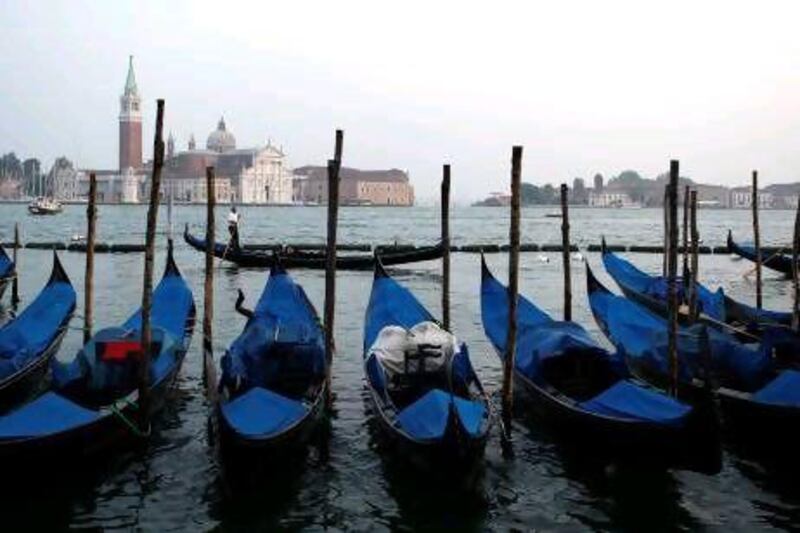Anyone fortunate enough to be sent on a business trip to Venice should consider themselves very lucky indeed.
The entire north-east Italian city is listed as a World Heritage Site and having been called a theme park for adults, there is naturally no shortage of things to see and do on an afternoon off.
Sited on 117 separate islands in a marshy lagoon, the Republic of Venice was once a major maritime force and centre of commerce.
At the peak of its power it is believed 36,000 sailors operated more than 3,000 ships from Venice.
Residents prospered trading with the Byzantine Empire and Muslim world, using their profits from trade, particularly silk, grain and spice, to build palazzos along the banks of the canals.
More than 170 buildings line the Grand Canal, the most famous waterway in Venice, most of which date from between the 13th to the 18th century. As most of the palaces are directly on the waterfront, the best way to see them is by boat.
But tourists - and there are an average of 50,000 a day - can also easily while away a day navigating the walkways in the city.
Must-see attractions include St Mark's Basilica and the Piazza San Marco, the principal public square Napoleon is said to have called "the great drawing room of Europe".
Cafes located on the ground floor allow visitors to soak up the atmosphere and listen to live music in the evening. But be warned - they tend to charge a premium.
A 30-minute ride in a gondola can also be costly at about €100 (Dh459.63) or more in the tourist season but it is well worth it to see Venice from a different perspective.
Sadly, the city has been sinking for centuries and some estimate it has dropped more than 60cm since the early 18th century.
Scientists thought they had found a solution to the problem but new research suggests the subsidence has resumed at the rate of 1mm or 2mm a year.






